About Tallinn
Tallinn's pride and joy is its historic Old Town, an enchanting neighborhood of centuries-old streets, houses, towers and squares that looks like it was torn right from the pages of a storybook. On the other hand, threaded through that same Old Town and its environs are cutting-edge restaurants, cafes and clubs that give Tallinn its energy and buzz.
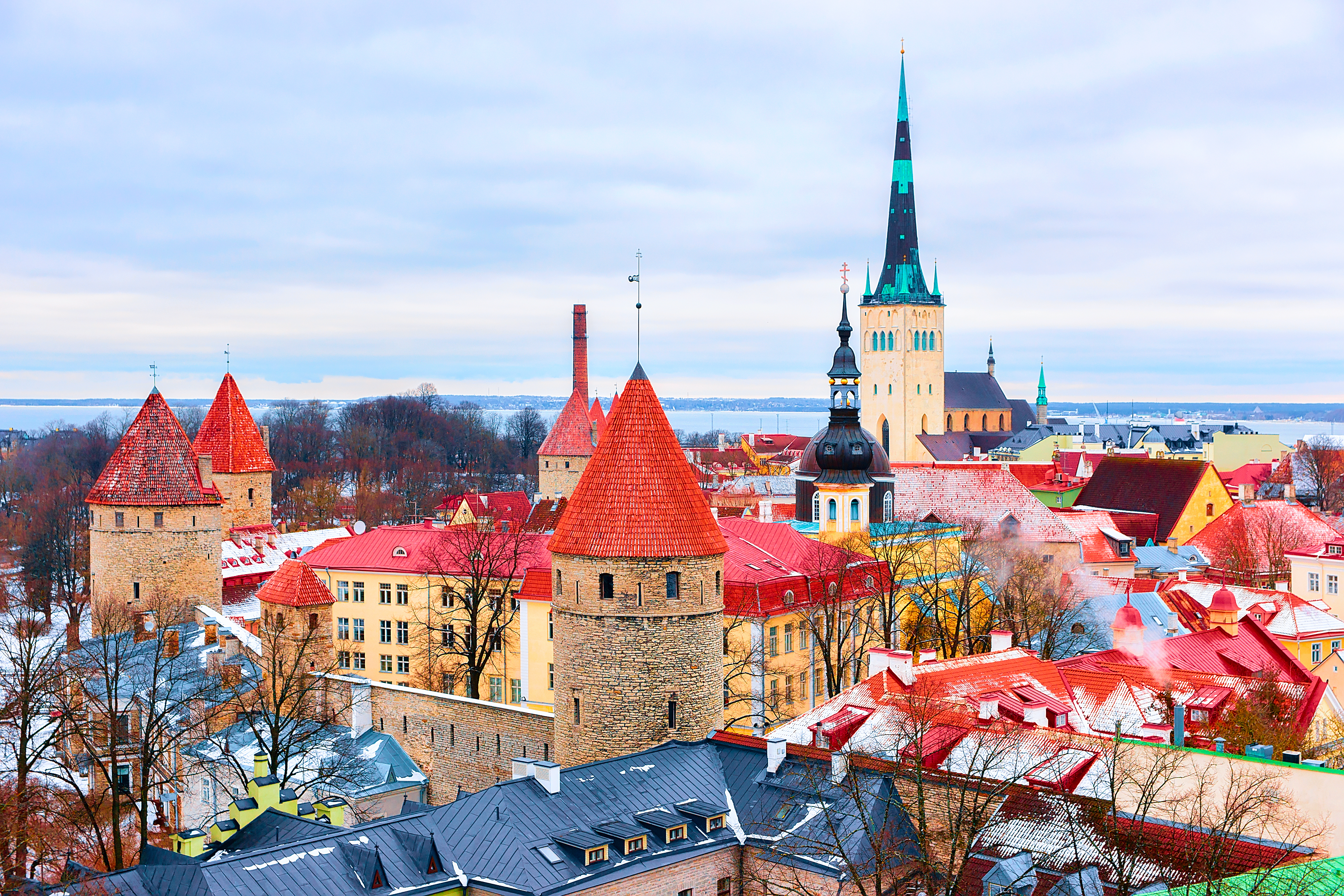 Roman Babakin/Shutterstock.com
Roman Babakin/Shutterstock.comOld Town — Tallinn's Beating Heart
Twisting cobblestone lanes and iron street lamps. Gothic spires and medieval markets. This is the city's famous Old Town. If you're looking for that mix of historic ambiance and cutting-edge culture that defines Tallinn, you'll find it here. Built up from the 13th to 16th centuries, when Tallinn — or Reval as it was known then – was a thriving member of the Hanseatic trade league, this enclosed neighborhood of colorful, gabled houses, half-hidden courtyards and grandiose churches is, quite rightly, the city's biggest tourist draw. And the fact that it's all neatly packaged within a mostly-intact city wall and dotted with guard towers gives it an extra dose of fairy tale charm.
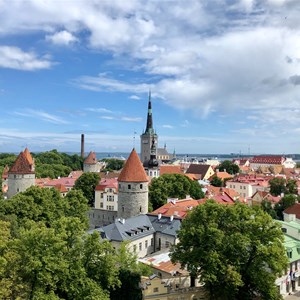 Karson/unsplash
Karson/unsplashCity Center — Past & Present
With medieval churches nestled between modern high-rises, Tallinn’s city center is a place of fascinating contrasts. The area boasts a number of major landmarks, which are conveniently located a short stroll away from each other. Among these is the Rotermann Quarter, a 19th century industrial complex that has been developed into a contemporary shopping quarter with a very unique urban vibe. Those looking for a dose of culture and art can visit the historical Estonian Opera House to enjoy a performance in what is considered one of the 20th-century's architectural masterpieces.
 Shahid Khan/Shutterstock.com
Shahid Khan/Shutterstock.comKalamaja — Wooden Houses & Bohemian Charm
This quiet neighborhood has long been known for its colorful hodgepodge of old fashioned, working class houses. Throughout most of Tallinn’s history, Kalamaja served as the town’s main fishing harbor. The wooden houses built to accommodate workers became Kalamaja's architectural legacy and are now what gives the neighborhood its unforgettable charm. The most architecturally unique of these are called 'Tallinn Houses'. Built in the 1920s and 30s, these two - to three-story apartment houses are made of two symmetrical wooden wings separated by a stone central staircase. There are about 500 of these in the city today.
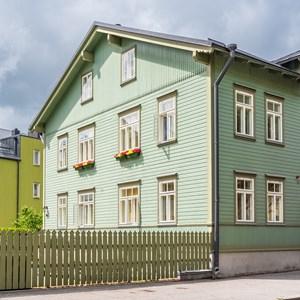 Pascale Gueret/Shutterstock.com
Pascale Gueret/Shutterstock.comKadriorg — Elegant Park & Fine Art
Kadriorg is a quiet, leafy area within easy walking distance of the Old Town. The park is one of Tallinn's favorite spots for a stroll. It's remarkable for its diverse landscape architecture, which is showcased by the various smaller gardens on the estate, such as the Japanese Garden. Visitors can enjoy a refreshing cup of coffee and fresh pastries in one of the many cozy cafés in the area. Culturally-minded visitors should note that Kadriorg is home to the nation’s best art museums, the quaint 1920-30s style houses of many classic Estonian authors and a children’s museum. The Kadriorg Palace itself acts as the showcase for the nation's foreign art collection, while the extensive Kumu, opened in 2006, displays both classical and contemporary Estonian art, and hosts international exhibitions.
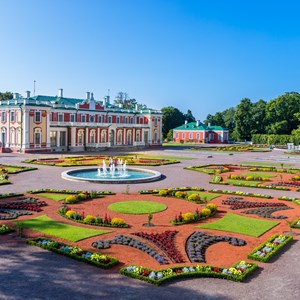 Terry Sze/Shutterstock.com
Terry Sze/Shutterstock.comPirita — Sea Adventures & Historical Landmarks
With its popular beach, adventure park and yachting harbor, Pirita is Tallinn's destination for summer fun. The district, only a few kilometers from the city centre, is also one of breathtakingly beautiful nature and the refreshing scent of pine trees. A quieter way to enjoy Pirita is to head across the road to the Pirita River delta, where row boats, canoes and water bicycles can be rented. This is the location of Pirita's own little piece of medieval architecture — the ruins of 15th century St Bridget’s Convent. The convent is still active today, although it is housed in a modern building beside the ruins. The Tallinn Botanic Garden is located nearby. Filled with rare plant species, the garden is a perfect place to go for a walk or do sports.
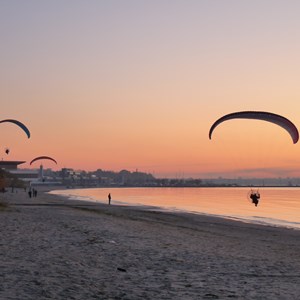 Dmitry G/Public Domain/Wikimedia
Dmitry G/Public Domain/WikimediaRocca al Mare — Sea, Air & Recreation
Sitting at the western edge of the city is the coastal Rocca al Mare district. It is the site of the sprawling Estonian Open Air Museum, a forested park where a traditional Estonian village life is recreated. The museum is home to 74 buildings from the past two centuries, including farms, mills, net sheds, a village school, a chapel, a firehouse and more. Museum workers in period costume demonstrate old crafts and provide a glimpse into the lifestyles of bygone days. The area also holds some other interesting attractions like the Tallinn Zoo, which claims to have one of the best collections in the Nordic/Baltic region, and the FK Keskus centre where adrenaline seekers can try their hand at motorized karting and paintball.
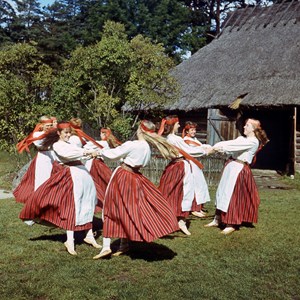 Jaan Künnap/cc by-sa 4.0/Wikimedia
Jaan Künnap/cc by-sa 4.0/WikimediaNõmme — The Village within the City
Just inside the city limits at the southwestern edge of Tallinn is an area that couldn't be any farther removed from the bustle and glass high rises of the metropolis. Nõmme, a quiet, forested, district filled with 1920s - and 30s era houses, has the feel of a small country town. It boasts its own historic centre complete with a farmers' market, newly opened cafés and pubs, and it even has its own castle of sorts, not to mention a number of other attractions. Glehn's Castle, situated about 2 km east of the Nõmme centre, is now a prime Nõmme attraction, as is the park that surrounds it. Among the more bizarre features von Glehn had installled in the park, an enormous granite crocodile and a towering statue of Estonia's mythical hero, Kalevipoeg.
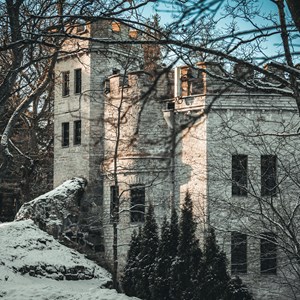 Jevgeni Fil/unsplash
Jevgeni Fil/unsplash